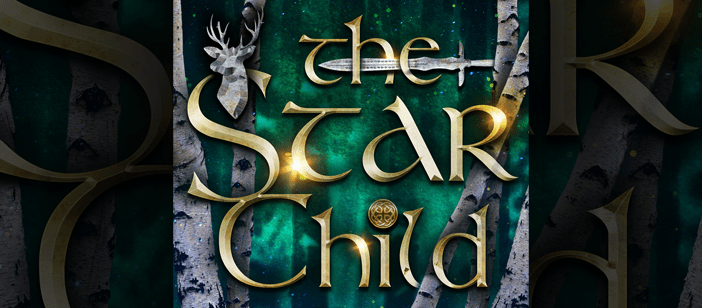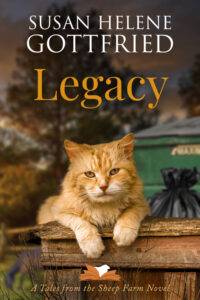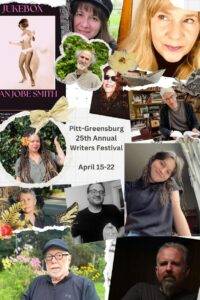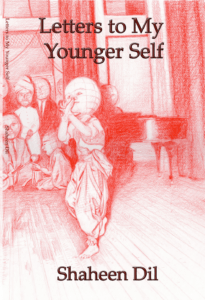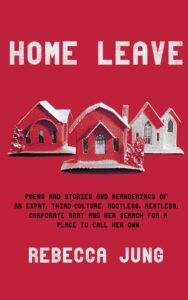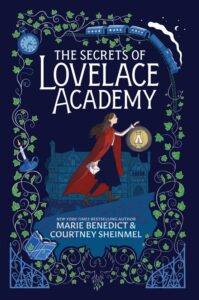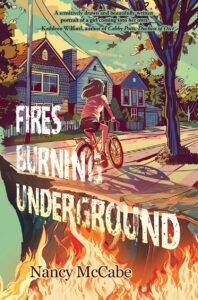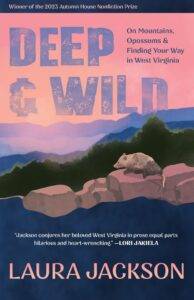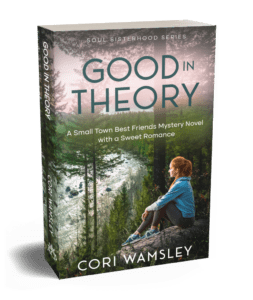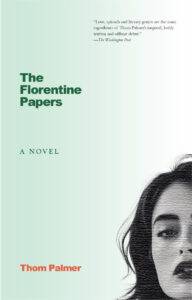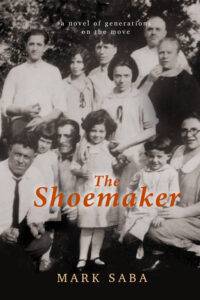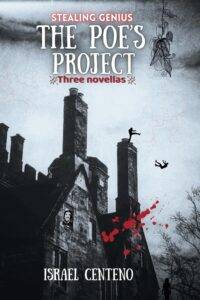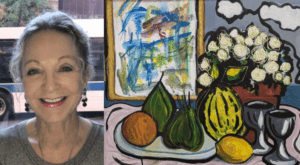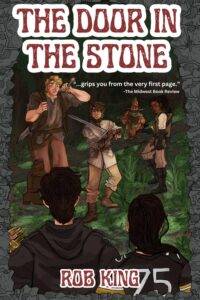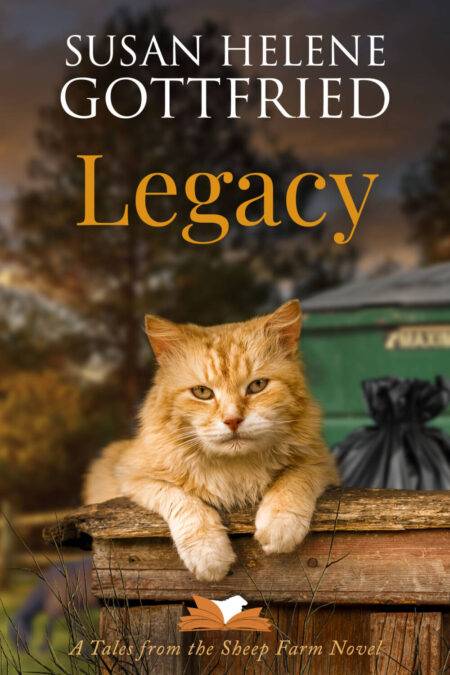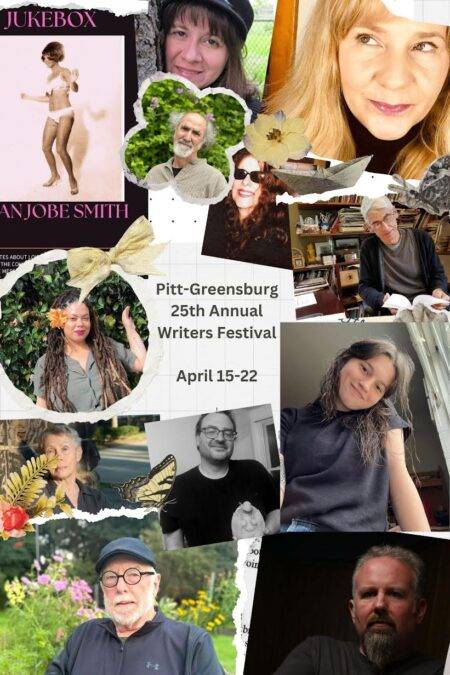“Descendants of the goddess Danu, the Star Children have lit the stars in the sky at night for countless millennia, but when the eldest goes rogue, he’ll seek to shroud the world in darkness…”
From the Publisher: “From the winner of the RONE Award for Best YA Book of 2019 — faeries, gods and goddesses, and the magick of Ireland merge in this expansive new edition, the first book and the gateway to the enthralling Star Child series.
Kellen St. James hasn’t exactly led a normal life. For starters, he’s a genius with an uncanny memory who’s earned a Yale degree at seventeen. Yet the weirdest thing about Kellen isn’t even his brain. It’s the girl who’s been haunting his dreams every night for the past eleven years. The last thing he expects is for Calienta to show up in his kitchen and reveal he’s tied up in a prophecy he knew nothing about—one that decrees he’s supposed to save the world.
To make matters stranger, Calienta’s brother, Cabhan, joins the Dark Side and aligns himself with Arawn, the evil Lord of Faerie. At Arawn’s bidding, Cabhan kidnaps his own father, the Sun God, Lugh. Soon Kellen and Calienta find themselves in a race to save the deity. But as Kellen’s connection to Calienta deepens, so does his fear: he’s a writer, not a fighter. In the end, Kellen will have to fight Arawn with more than just his mind, else all the light from the world will be lost for eternity…”
About the Author: Stephanie Keyes is the author of over a dozen Young Adult Fantasy titles. Her most recent, The Spellbinder’s Sonata [October 2018], a Beauty and the Beast meets Phantom mash-up, was an Amazon #1 new release and won the RONE Award for Best YA Book of 2019. Spellbinder’s also took 2nd place in the Athena Awards For Excellence in NA & YA Fiction.
Keyes has spoken at events throughout the US and the UK, and was the featured author at Pittsburgh’s First Night 2019. She is the webinar and online education coordinator for The Society of Children’s Book Writers and Illustrators (SCBWI) and a member of Pennwriters and Parsec.
She also writes contemporary romance as Gemma McKay. Her debut novel in that genre, The Internship of Pippa Darling, was a finalist in the International Book Awards and 2018 Reader’s Favorite Awards, as well as a 2019 Rone Award nominee.
When she’s not writing, Keyes is a technical writer and content strategist, teacher, and speaker. She lives in Pittsburgh, Pennsylvania with her husband, her two boys, and a golden doodle, Duncan MacLeod. Steph is a hopeless romantic and Whovian who’s shamelessly addicted to Nutella and spontaneous singing.
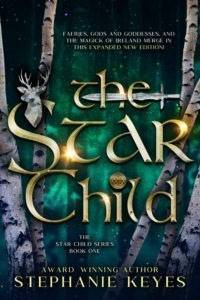 Someone nudged my calf with what felt like a very warm foot. “Wake up. Wake up, already.” The familiar voice cut into my sleep. “I don’t have long.”
Someone nudged my calf with what felt like a very warm foot. “Wake up. Wake up, already.” The familiar voice cut into my sleep. “I don’t have long.”
Blinking myself awake, I stared into the face of Calienta, the little girl I’d met so long ago and had dreamed about ever since. Her chestnut hair ran to her hips, her solemn, beyond-blue eyes bored into mine.
“What’s going on?” I asked, my throat scratchy as I scanned the attic. It was exactly as it had appeared before I fell asleep. Even my mother’s letter still lay across my lap.
Calienta nodded. “It is important that you know the truth, Kellen St. James.” Leaning forward, she brought her small hands to my temples.
The instant she touched me, I found myself standing on a weathered brick road. It continued for a long distance ahead, surrounded on both sides by open fields.
Walk. Follow the path. Calienta’s soft voice filled my mind. I whipped around, scanning the road, searching for some sign of Calienta, but I was alone.
A gray stone structure sat in the distance. Something tugged at my gut. The whisper repeated. Go there. Follow the path.
The weird thing about dreams is that sometimes I’d take a step and travel miles. Other times I’d wander for miles and go nowhere. The latter was the case this time, and it seemed as though I’d been walking forever when the building ahead of me finally appeared close enough to make out the details.
A cylindrical tower on one side screamed castle, but the contrasting sections of the rest of the building were too contemporary to mark it as ancient. Someone had started with an older structure and added on. The overall four-story configuration was probably built at the turn of the last century. Wrought iron fencing framed both the building and a large yard, which was overgrown with shrubbery.
Beyond the structure lay the ocean or maybe a bay. Rocky, rugged earth transitioned into stretches of sand that blanketed the ground. It dipped in places to create hundreds of tidal pools. No houses dotted this forgotten part of the world, only the gray fortress. Though the whole area was breathtaking, the building itself seemed colder, like some sort of institution. That’s when I spotted the sign, cracked and lying sideways in the dirt.
Orkney Hospital.
Somehow I knew it was the hospital in Scotland where my mother had been a patient. Had been, because whatever it once was, it was clearly abandoned now.
Several windowpanes were broken, making the building look for all the world like a wide face with busted-up teeth. The ground beyond the gates was brown and deadened. Maybe spring had never put in an appearance here, as though this part of the world had been left to its own devices.
Eventually I came across a thin opening in the fencing that seemed as though it had been molded precisely for me. The rusty iron scratched my palms as I gripped the bars and stepped through.
A courtyard lay before me. The bricks rose at a series of uneven levels from weather and time. There were picnic benches, many of them with their legs split and broken on one side so that they gave the impression of soldiers waving the white flag. Trees stood bare. Nothing grew here.
Broken beer bottles and empty cigarette packs littered the crusty ground. Must be where the locals came to hang. There was no sign of them now. There was only me in the forgotten place, and even that seemed impossible.
The windows and doors on the lower level were boarded up with a combination of wooden boards and rusted chain link. Someone had thought to spray-paint the welcoming signage “Keep Out” across one panel in blood-red lettering. How considerate.
The door was probably the most challenging point of entry, so I went for the windows. I stepped up to the first panel and tugged, hoping the supports had deteriorated enough that it would just snap free. Nothing. I braced my foot in the opening in one of the links and pulled hard. Still nothing.
I moved on to the sign, placing both hands firmly on either side of it. I shoved my foot against the wall and pulled. It didn’t give. I tried the next panel, and the next, before repeating my efforts at the door. Finally the panel covering the door snapped free on one side with a metallic twang as I separated wood from metal. I came down hard on my butt, landing in the dried grass and leaving the panel swinging.
A random wire poked out from one of the panels. I twisted it until a piece about the size of my hand broke off. I bent the wire into the shape I needed and plugged it into the lock. After that, it was only a small matter to pick it—it wasn’t exactly the Pentagon—and the door swung open.
I entered by way of an old kitchen. A stainless-steel counter draped in dust dominated one end of the room, while a large range occupied the other. Aged wooden beams ran the length of the ceiling. Dull, sunless light filtered in from tall windows, but it wasn’t enough to kill the shadows lurking in the corners. Unease skittered up my arms and down my spine as I pushed my way through the kitchen and into an abandoned dining hall.
There were no intact tables, and the pieces that remained had suffered the same fate as the picnic benches outside. Everything of value had obviously been removed, perhaps sold, but most likely looted, save for an old toolbox. The stained-glass windows did little with the already weak light. I crossed the room and popped the lid on the toolbox. There was a hammer, two screwdrivers, and finally, at the very bottom, a flashlight, which I tugged free. I flicked the switch and let out a slow breath as a shaky beam of light shot out of one end.
Taking the stairs, I raised my flashlight and skimmed the light over anything and everything. Murals of nature scenes blanketed the wall that ran the length of the first landing. Again, probably an attempt to cheer the place up.
I swiveled my head from one direction to the other, scanning the hallway on either side. There were more shadows, sending my gut clenching. “This would be a great time to get the heck out of this dream.”
That wasn’t going to happen. My dream, or whatever it was, had to do with Calienta, or at least something she wanted me to see. I couldn’t finish my creepy scavenger hunt until I’d found it.
The longer I searched, the less convinced I became that I’d find any evidence of my mother. Each room stood unoccupied, completely cleared out. I backtracked, checking the rooms I’d skipped on the first floor, repeating the process, scanning until I reached the conclusion of the maze.
That’s when I noticed an old mattress shoved against one corner of the third-floor corridor. I rushed forward and gripped an edge of the moldy thing, thrusting it aside until it fell to the linoleum in a cloud of dust and revealed a narrow doorway.
I pushed through the opening and counted each step in my head as I climbed, hoping it would slow my pounding heartbeat.
One. Two. Three. What will I find at the top?
Four. Five. Six. Please don’t let it be a body.
Seven. Or anything freakier than what I’ve already seen.
The sun had begun to peek out again, and its rays illuminated the chamber before me just as . . . eight.
I stopped in my tracks. All I could do was stare, because a large mural covered every square inch of the plaster walls, giving the illusion that they didn’t exist at all. A forest spread out beside an ocean whose waves lapped at a park scene.
A ladder stood at the foot of a twin bed and stretched to the top of a ten-foot ceiling where it had been affixed and rollers installed. The circular room had three small but bright windows overlooking lonely hills and shimmering lakes.
My eyes poured over the room, taking in the detailed artwork. An odd, familiar-looking child sat on a swing amid a field of flowers, his head thrown back in laughter while an older boy grinned. Of course, Roger had never smiled at me. And I couldn’t remember ever laughing much as a kid. But who knows? Maybe I had when she’d been home. My memories had grown fuzzy.
Still, Mom had captured our likenesses perfectly. I knew she painted, but I had no idea of the depth of her abilities. My mother had been incredibly talented. She’d also been trapped.
I walked in a slow circle, taking in the dark shadows she painted amid the ocean waves, marveling at the impossibly tall white trees in the forest.
My throat constricting, I made the trip again and again, scanning each section of the mural for something new, something I hadn’t seen before. Yes, my mother had been trapped, but she’d painted. She’d always had a gift for finding the bright side in any situation. It made sense that she created peace in the middle of hell.
Sun spilled into the room. It shot through a pane of stained glass, sending a waterfall of rainbow-colored light over every surface. That was when I noticed the pattern of light dancing across the ceiling.
A thin crystal hung on one side of the room, bright and enchanting. Gran had loved crystals. She claimed they were magical.
I followed the path of light from the crystal with my eyes until it intersected with a small picture frame. I hadn’t noticed it before, only because it was mounted deep within the ocean scene. It didn’t hold a picture, but music written in my mother’s own hand.
Come walk with me along the sea,
and search for shells on the sand with me.
What magick will we find today?
Take my hand, little one,
Come and walk with me.
“Come walk with me . . .” I sang the first few bars of the melody, unconsciously reaching for the frame even as my voice cracked and gave out. My mother had sung that song to me when we hunted for seashells and when she tucked me in at night. In my head I listened to my memory of her singing. It was still there, though the integrity of it had faded.
Before I realized what I was doing, I grabbed the frame and pulled, tugging it from the wall, nail and all. I clutched it to my chest fiercely, the way a child might.
Mine.
I almost said it aloud, until the thought trailed off. The frame had concealed a hole. Not a hole made by a skilled carpenter. No, it was crudely made, as though someone had chipped away at it with whatever they had on hand. Pale pencil lines still marked the paint on either side of where the frame had hung. Whatever reason my mother had for creating this hole in the wall, she’d wanted it to remain hidden.
My heartbeat took off inside my chest. The impossibility of it all hit me with the force of one of the waves my mother had painted. Pointing the flashlight into the hole, I discovered stacks of letters, but there was nothing more.
My gift to you. Calienta’s voice filled my head.
My eyes flew open and I found myself back in Gran’s attic. Somehow, impossibly, I’d ended up hundreds of miles from where I’d been, with letters written in my mother’s own hand spilling across my lap.
And Calienta was gone.
This excerpt from The Star Child by Stephanie Keyes is published here courtesy of the author and should not be reproduced without permission.


